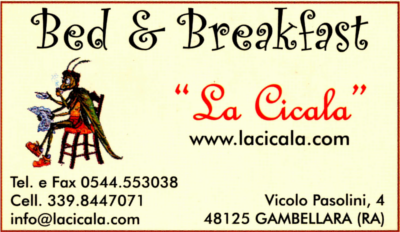The Abbey of Santa Maria Assunta at Monteveglio
History
Built within the Samoggia valley, the Abbey of Monteveglio, dedicated to the Madonna, was erected to celebrate the victory of Matilda of Canossa over Henry IV. The emperor was defeated in the siege of Matilda’s castle at Monteveglio in 1092. As an act of thanks, the Countess had the Abbey built there, added to the preexisting church. The monastery was affiliated with the Augustinian Order of San Frediano of Lucca, but in 1455, it passed to the Lateran Canons of San Giovanni in Monte of Bologna. The church was particularly remembered for having taken in Ugo Foscolo, traveling in disguise. He was imprisoned for suspicion of being an Austrian spy.
Art-Historical Notes
The Abbey’s present appearance is the result of the restoration led by the architect Rivani between 1925 and 1934. The restoration aimed to bring the convent back to its original state, eliminating later interventions considered inauthentic to the medieval building.
Founded in the fifth century, the church still preserves its appearance from the Romanesque period, including its twelfth-century façade, which faces west. It is a three-aisled plan, with a raised presbytery over the older crypt. It is divided into four bays by pilasters and columns, terminating in three altars, corresponding to three apses. In the central apse is an authentic sepulchral stone from the Roman period, decorated by concentric cornices.
From the nave, a Baroque staircase leads up to the presbytery, illuminated by monocuspid windows, faced in alabaster. In the center of the three apses is an altar in red marble of Verona, supported by five columns. A splendid walnut choir dates from the Renaissance.
Inside the complex are two cloisters, the larger from the fifteenth century, with an elevated loggia that led into the canons’ cells. The lower portico contains plaques that recount the history of the monastery. The older cloister, located to the rear, was mostly destroyed, with only a single side remaining with twelfth-century anthropomorphic capitals.









 Bologna Medieval Museum - Guided Tour
Bologna Medieval Museum - Guided Tour


